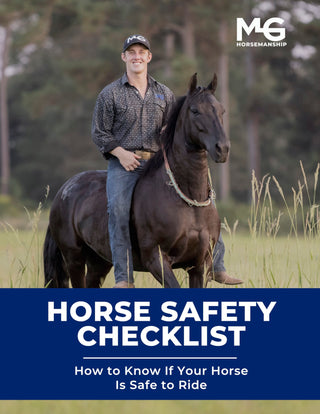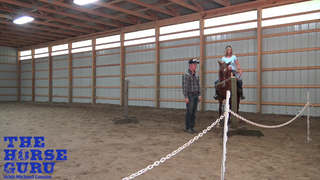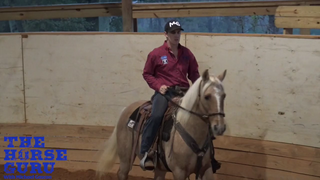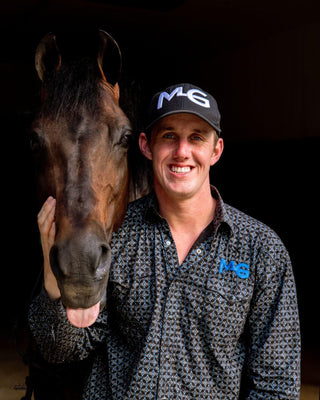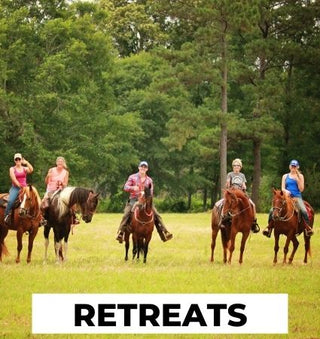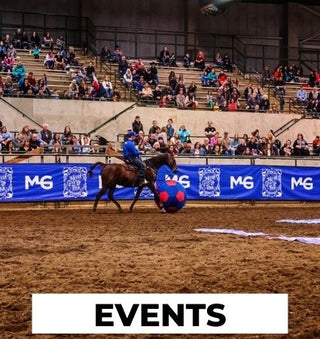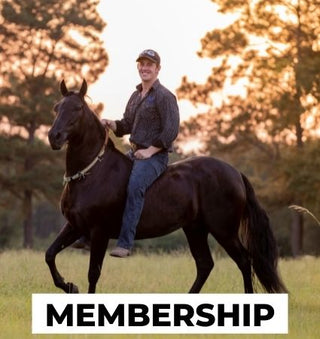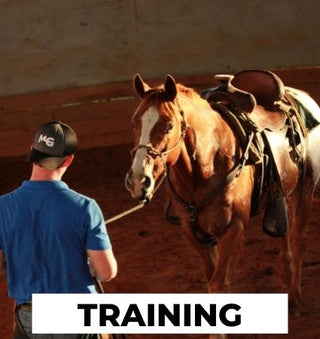Watch the Video Here or continue reading below!
For many horse owners, dealing with a hot, explosive horse can feel like an uphill battle. Some say that calming such a horse takes years, or that it's impossible. But I don’t believe that. A horse isn’t broken just because it’s sensitive or reactive—it simply needs the right approach.
In this blog, we’ll break down the steps to transform a tense, high-energy horse into a calm, responsive partner.
Step 1: Control the Head, Control the Horse
One of the first things I focus on is getting the horse to lower its head. Why? Because a horse naturally lifts its head before running off. When grazing, a horse is in a relaxed state—head down, mind quiet. By teaching a horse to drop its head, we’re teaching relaxation on command.
The key is simple: apply pressure, and as soon as the horse drops its head, release the pressure. This clear communication helps the horse understand that calm behavior leads to comfort.
Step 2: Teaching the Transition Between Energy and Relaxation
Once we establish head control, the next step is refining transitions. Horses should not decide when to move; they should respond to the rider’s cues.
-
Building Energy: When it’s time to work, I adjust my posture—sitting up, engaging my core, and applying leg pressure.
-
Releasing Energy: When it’s time to relax, I drop my energy, sit deeper in the saddle, and soften my hands.
Horses are incredibly sensitive to body language. The clearer our signals, the easier it is for them to follow.
Step 3: Using Obstacles to Build Confidence
A hot horse often lacks confidence. When introducing obstacles, my approach is not to hold them back but to allow forward motion. If a horse hesitates, I don’t just kick and force them through—I move their feet left and right, keeping them engaged. Eventually, the only way forward is through the obstacle.
For example, when working with a horse afraid of water, I guide them in circles around the pond, keeping their attention on me. Bit by bit, we spiral closer until stepping into the water becomes the easiest choice.
Step 4: Turning Fear into Forward Motion
When a horse starts backing up in fear, many riders pull harder. Instead, I disengage the hindquarters, redirecting their energy into forward motion. If the horse backs away, I turn them left, then right, keeping the feet moving. This prevents the horse from locking up in resistance.
This method works even on elite horses that have only known arena work. They might resist at first, but with consistent redirection, they learn that going forward is the path of least resistance.
Step 5: Riding with Confidence
A nervous rider creates a nervous horse. If you treat a sensitive horse like a ticking time bomb, it will always behave like one. Instead, ride like you would a seasoned ranch horse—loose reins, clear signals, and confidence in your approach.
One of the biggest changes happens when riders learn to relax completely at the walk. Many are so focused on maintaining perfect equitation that they unknowingly keep their horse on edge. Letting go, sitting deep, and softening your posture can make all the difference.
Final Thoughts: Partnership Over Force
In just one session, a high-energy, reactive horse can begin to transition into a relaxed, responsive partner. The key? Clear communication, pressure and release, and riding with confidence.
If you’ve been told that calming your horse is impossible, don’t believe it. With the right approach, any horse can learn to relax and respond. It’s not about breaking them down—it’s about building a partnership where they trust you enough to listen.



